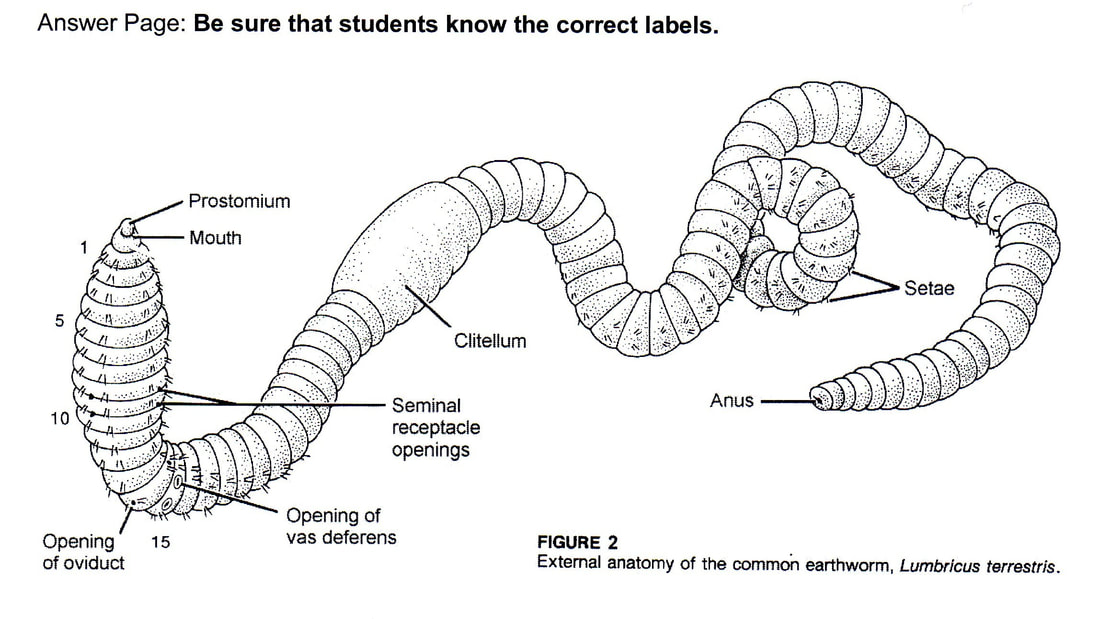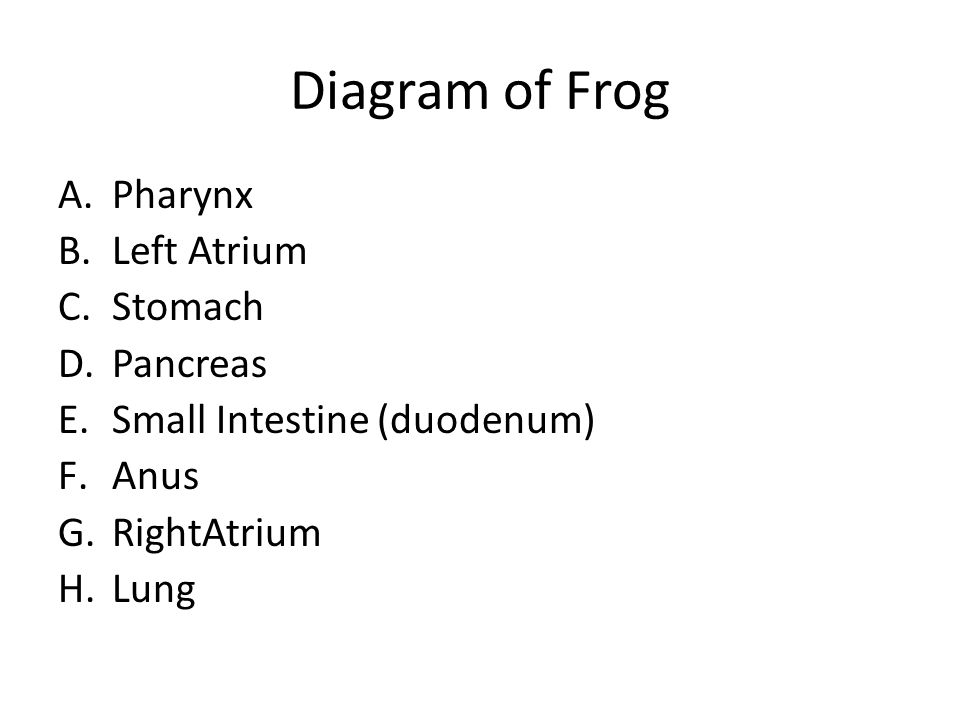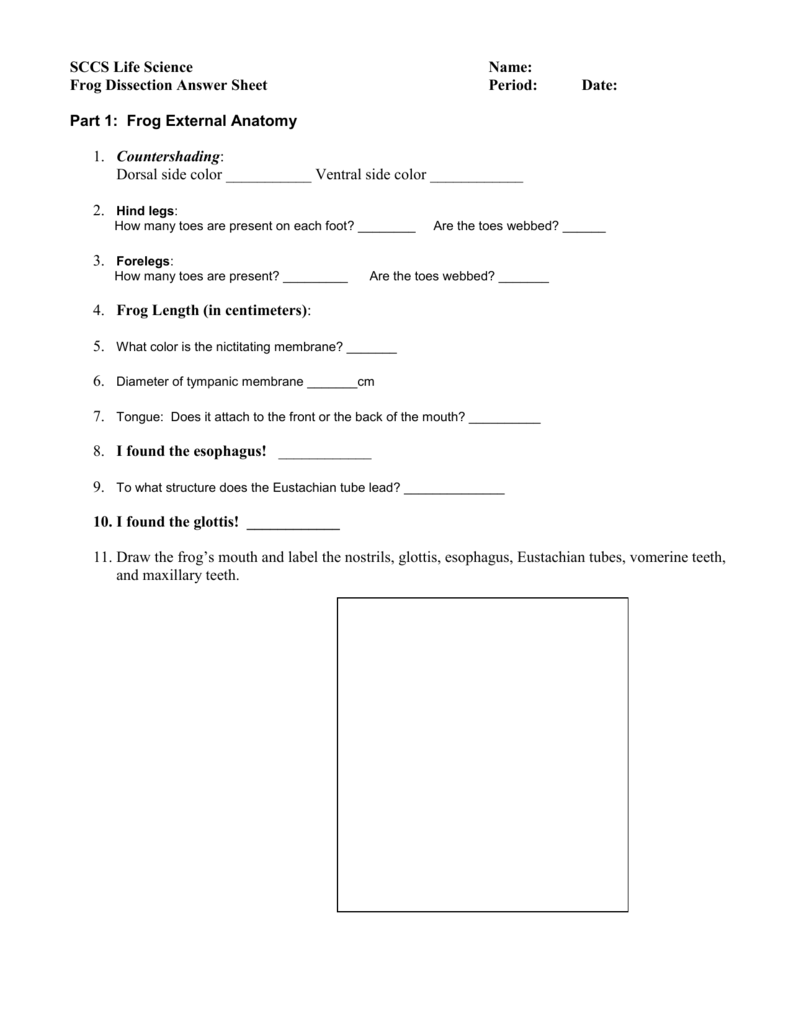



What are the different types of land environments? - investigation of the world's biomes.How do organisms react to changes in abiotic factors? - test respiration rate of fish in response to temperature.How is energy transferred through a community of organisms? - examine a food chain, identify consumers.How does the body protect itself against foreign substances? - focuses on blood types and antigens.How does human hearing compare with that of other animals? - observe how different animals respond to sound frequencies.How do the parts of the respiratory system work together? - graphic of the respiratory system to label.How can you design a healthful diet? - select food for a meal based on recommended calories.What are the major bones in the human body? - mainly a labeling exercise, putting together a skeleton.How are birds adapted to their habitat? - examine beaks, wings, and feet of birds that live in different habitats.How are fish adapted to their environment? - examine the 7 main body forms of fish (flat, eel, bottom.).How are mollusks, worms, arthropods, and echinoderms classified? - classification exercise, group organisms Which colors of the light spectrum are most important for plant growth? - compare plant growth under different colored lights (.What kills germs? - innoculate petri dishes, observe zones of inhibition around substances such as bleach and antibiotics.How can natural selection be modeled? - models how prey species adapt to a changing environment.

Virtual lab virtual frog dissection post lab quiz answers series#
The University of Washington holds the copyright to the series of lessons, however ownership of the Internet resources referenced in the lessons may be found at the resource site. The lessons are now maintained through funds from the State of Washington. Creation of the series of lessons is based upon work supported by the National Science Foundation under grant numbers 92558003. This lesson is part of the series "DO-IT Lessons" developed by the University of Washington. Use the bookmark capabilities of your browser to save the site location for future use.Test your knowledge of frog anatomy with the Virtual Frog Builder Game. The dissection kit is available in a number of languages. A browser that supports forms and sensitive images is needed. The program allows interactive dissection of a frog and includes the capability to make on-the-fly movies. This interactive program is part of the "Whole Frog" project.


 0 kommentar(er)
0 kommentar(er)
